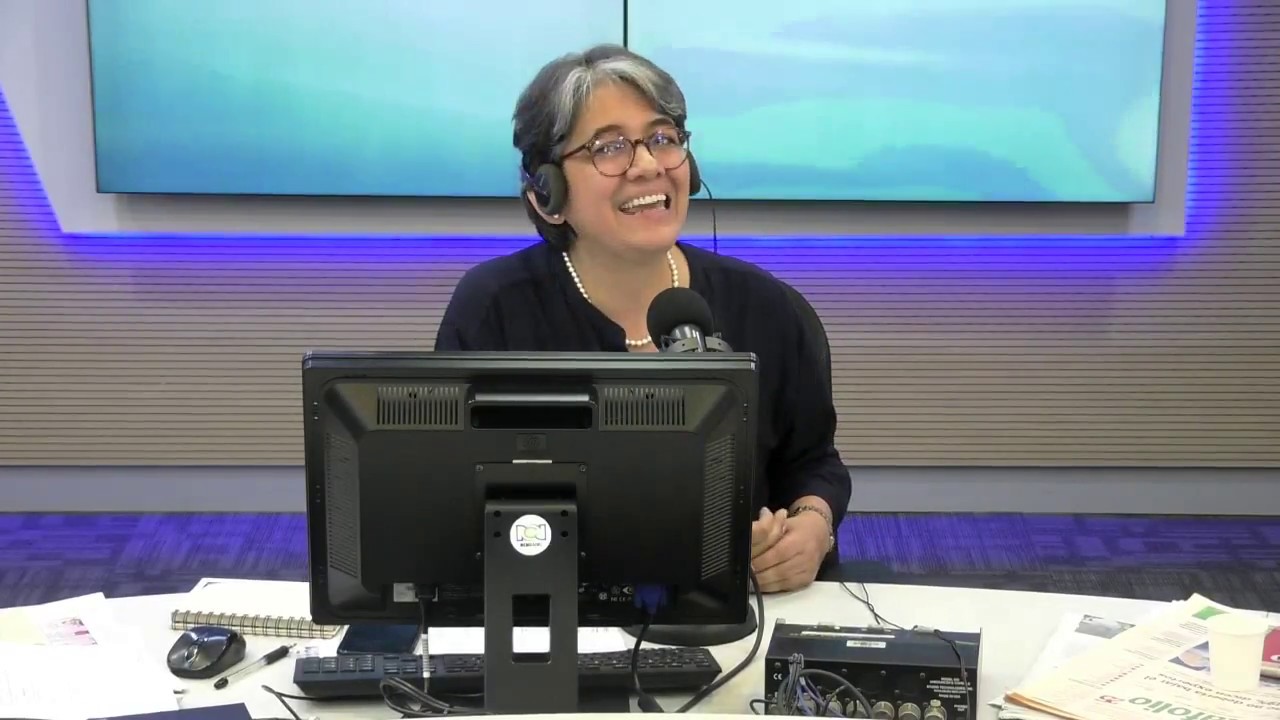The Grammar Wars come to Law school
Summary
TLDRIn this presentation, Salma Vong discusses the ongoing debate around grammar rules in legal education, particularly in law schools. She argues that rigid grammatical standards can sometimes hinder clear communication, and a balance between correctness and clarity in writing is essential. The transcript explores how traditional grammar rules in legal education may limit students' ability to express legal arguments effectively. Vong suggests a more flexible approach to grammar instruction, emphasizing the importance of clarity and persuasion over strict adherence to grammar rules for better legal writing.
Takeaways
- 😀 The debate over grammar in legal education centers around the tension between prescriptive (strict) and descriptive (flexible) grammar rules.
- 😀 Traditional law school education emphasizes rigid grammatical rules to ensure professionalism, but this can limit students' ability to communicate effectively.
- 😀 Some argue that strict adherence to grammatical rules in law school is restrictive and hinders clear communication, especially in legal writing.
- 😀 The overemphasis on grammar can obscure clarity in legal arguments, making it difficult for students to balance technical accuracy with persuasive writing.
- 😀 Many law professors find that students struggle with clarity and precision in legal writing due to insufficient grammar instruction.
- 😀 The rejection of traditional grammar instruction means that many students enter law school without a strong foundation in writing conventions.
- 😀 There is a growing movement toward flexible, contextual grammar instruction, which encourages learning grammar through reading and writing, rather than through strict rules.
- 😀 Effective legal writing should prioritize clarity over rigid correctness, as clarity is crucial for persuasive legal arguments.
- 😀 The debate between traditional grammar instruction and modern contextual approaches reflects larger shifts in how language and communication are taught in law schools.
- 😀 A balanced approach to grammar instruction—one that emphasizes clarity, persuasion, and flexibility—can ultimately lead to more effective legal writing.
- 😀 The ongoing grammar debate in legal education highlights the need to reassess how grammar is taught, with the goal of fostering better communication skills among law students.
Q & A
What is the main thesis of the script?
-The main thesis argues that rigid grammatical rules in legal education can sometimes hinder clear communication, and that a balance between correctness and effective writing is necessary.
How does the author introduce the thesis in the script?
-The thesis is introduced in the opening paragraphs where the author presents the debate between prescriptive and descriptive grammar and is reinforced in the conclusion, emphasizing the need for a practical approach to legal writing.
What does the debate between prescriptive and descriptive grammar focus on?
-The debate centers on whether strict adherence to traditional grammar rules is essential for professionalism, or whether a more flexible, context-based approach to grammar would be more effective in legal education.
How does traditional law school emphasize grammar?
-Law schools traditionally emphasize strict grammatical rules, with many professors expecting students to adhere to formal writing standards, which some believe ensures professionalism.
What is the consequence of focusing too much on grammar in legal writing?
-Overemphasis on grammar can obscure clarity in legal arguments, causing students to struggle with balancing technical accuracy and persuasive writing.
What does the author suggest about the impact of grammar instruction on law students?
-The author suggests that rejecting traditional grammar instructions has led to many students entering law school without a strong foundation in writing conventions, affecting their clarity and precision in legal writing.
What is the suggested solution to the grammar debate in legal writing?
-The author suggests that effective legal writing should prioritize clarity over rigid correctness and advocates for a balanced approach, blending grammar instruction with the context of reading and writing.
What does the script highlight about the divide between grammar instruction approaches?
-The script highlights the divide between those who support traditional grammar instruction and those who advocate for contextual learning through reading and writing, reflecting the ongoing debate in legal education.
How does the author use rhetorical techniques to emphasize the debate?
-The author uses contrast, such as between 'painfully aware' and 'may not be aware', to emphasize the gap in understanding between professors who are knowledgeable about students' writing shortcomings and those who may be unaware of evolving debates on grammar instruction.
What broader shift in education does the grammar debate reflect?
-The grammar debate reflects broader shifts in educational approaches to language and communication, indicating a move towards more flexible and context-driven methods of teaching writing in law schools.
Outlines

This section is available to paid users only. Please upgrade to access this part.
Upgrade NowMindmap

This section is available to paid users only. Please upgrade to access this part.
Upgrade NowKeywords

This section is available to paid users only. Please upgrade to access this part.
Upgrade NowHighlights

This section is available to paid users only. Please upgrade to access this part.
Upgrade NowTranscripts

This section is available to paid users only. Please upgrade to access this part.
Upgrade NowBrowse More Related Video

Interview de Claude Revel

Juara 1 Putra dan Juara 2 Putri Duta KAMTIBMAS | Aceh Barat Daya

PPKn Kelas XII BAB 2 || C. Dinamika Pelanggaran Hukum

France to ban Muslim students wearing abayas in state schools - BBC News

The History Special Education

Debate de la prohibición del uso de celulares en las aulas de clase | RCN Radio
5.0 / 5 (0 votes)